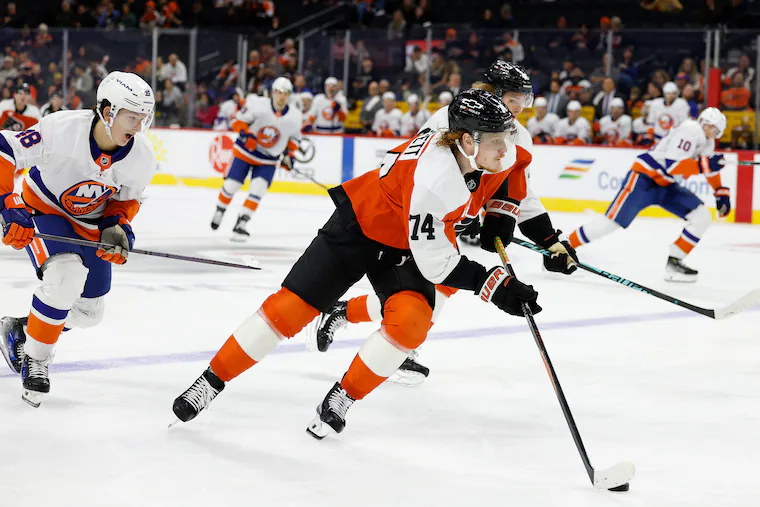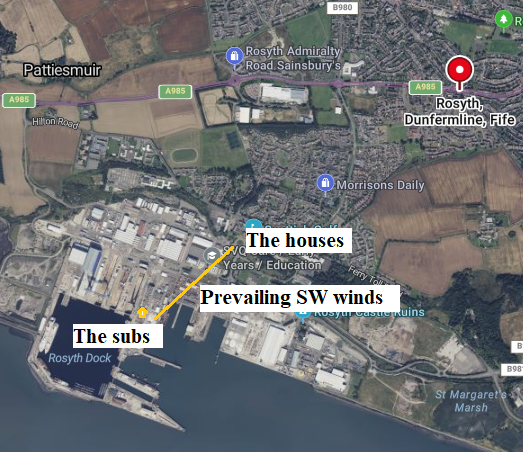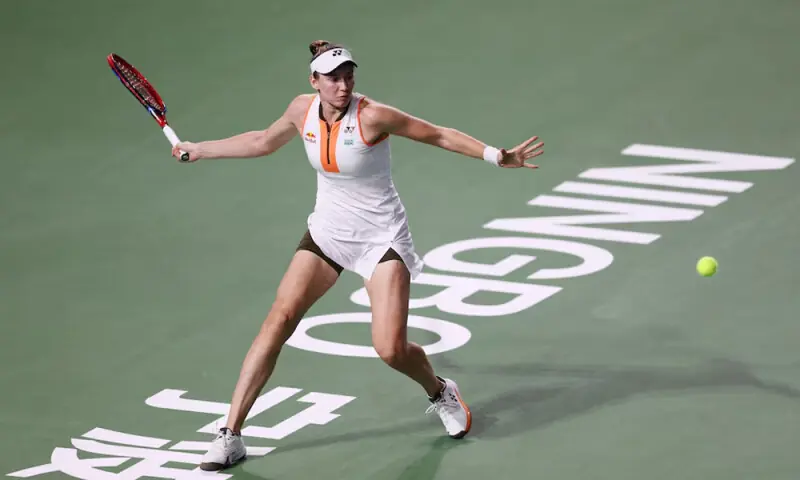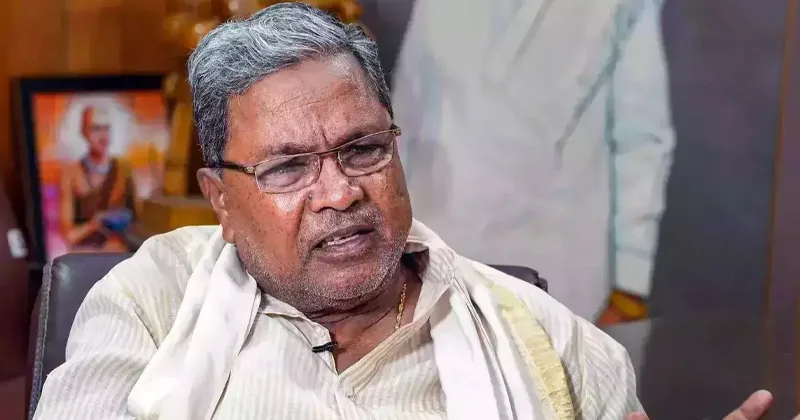Copyright The Philadelphia Inquirer

An email popped up on Sunday. “Jackie, I see you make reference to the ‘bumper’ a few times in your article. Can you please explain what you mean there? Thanks very much,” it read. No problem, Tom. Here goes ... What exactly is the bumper? Power-play systems are constantly changing and evolving. Over time, teams have used the umbrella in which three players are high, forming an arc, with two down low by the net. They also have used an overload, in which the puck is controlled on one side of the ice to outman the penalty killers, and the spread, in which there are two players high and three low around the net. But the most common type of power play, and one that pretty much every team in the NHL has employed for the last eight to 10 years, is the 1-3-1 formation. In this system, there is one player at the point, one player at the net front, and three across the middle of the ice. It is in this formation that the bumper lives: He is literally, the middleman, typically situated in the slot between the flanks. “It would be in the center of the two faceoff dots in the offensive zone on the power play,” said Owen Tippett, a Flyers forward who is typically the bumper on his power-play unit. “You’re kind of just supporting anywhere in the middle of the ice.” Added Flyers coach Rick Tocchet, “Most teams play a diamond PK,” a penalty kill shaped in a diamond pattern with one person in front of the net, one up high, and one player near each faceoff circle. “So, the bumper is an important position because, usually, that’s the guy, if it’s done properly, who is left open a lot. So the bumper is the middle of a power play.” Why is it called the bumper? It’s pretty simple, actually. The bumper’s main job is to make quick passes, like tap passes, on which he literally bumps the puck back out to teammates. It is a spot that needs quick hands and a quick mind. “In certain situations, you’re a support guy,” said forward Travis Konency. “In certain spots, you might be a screen, [and] other times, you might be the shot option. It’s called the bumper because you definitely bump it in and out. But it also could be the shooter. There’s tons of different ways to talk about it.” Why is the bumper position so important on the power play? The bumper position is integral to power plays today, with penalty killers focusing on the diamond setup — leaving the bumper virtually alone right in a prime scoring or passing location — as opposed to a box. According to Tocchet, this player can “take advantage of the diamond PK,” when it is sometimes the only acceptable play. » READ MORE: Flyers GM Danny Brière provides injury updates on Rasmus Ristolainen and Oliver Bonk “You’re supporting your teammates everywhere. So it’s just such an important, cerebral part of the game,“ said forward Noah Cates, who is often the bumper for his unit. ”If you’re a good bumper, you’re in a good spot, you’re creating space for your teammates, you’re an out for them, and you’re in a good spot, offensive and defensively. “It’s kind of a science, and, kind of, all those little things where you’re making all your guys know where you’re at, and you want the defensive team to know where you’re at, so they’re thinking about you, and they’re worried about you. And that might create some time for your teammates. So it’s a crazy position, but it’s a very important one.” What does it look like if the bumper is doing their job? The bumper position is a thinking man’s spot. “Actually, it’s a hard spot, because you have to read off what the penalty killing is doing to find your openings, but you have some range to roam around a little bit — you don’t have to play in one spot, so that comes with it,” Konecny said. “If you can figure out how to read it, then it opens up your opportunities quite a bit. And, I mean, you also get the Grade A shots, too. Like, you’re probably the one getting the best shots if they can get it in there, too.” Konecny said he has spent a lot of time in that position over the course of his career. While he has built an understanding of the reads, it takes time to know where the pressure from penalty killers is going to be “and if you break the pressure, where it’s going to be next, kind of like one step ahead.” The Flyers’ first power-play goal of the season is a good example of the bumper drawing in players to leave space open. Off a faceoff win in the Carolina Hurricanes’ zone, Trevor Zegras was technically the bumper in the high slot. He drew two defenders, leaving Tippett alone in front for the easy goal off a missed shot by Konecny. But the bumper also doesn’t just stay in the slot. As with any good power play, moving around the zone is integral to keep the penalty killers on their toes — or heels — and not just for the player in this position. “Yeah, we kind of interchange. But you see, on the power play where the goals are scored, it’s always around the net,” said Cates, who was moved around the zone leading up to Zegras’ power-play goal on Saturday against the Islanders. “So the bumper can support, get the puck up top, and then you go to the net. “So, it’s a really important part. And I’m obviously excited to be there, and got to keep working at it, keep supporting, being an out for the guys, and then just getting to the net and jamming it home.” There’s constant moving and picking spots. And not just to the net front. “It’s really just situational,” Tippett said. “If I see the net front, or it goes to the other side, you’re obviously trying to be an option to shoot. So you’re trying to switch out with that. But also, if there’s a breakdown, guys on the side, or on the half wall, then you’re going to switch with them as well.” Tocchet said that they call it “emptying the bumper.” “So if I’m in the bumper and here’s the net [pointing in front of him], I will come this way to the flank [at one of the circles] and the flank goes to the net. Now the PK guy’s got to make a decision; if I go down with him, this guy’s wide open,” Tocchet said. “By that movement, you’re putting the PK in decision-making [mode]. And some teams play it well, but sometimes the guy makes a wrong read and you might get a great shot. That’s why that bumper is huge.” If he is in the slot, he needs to make smart “bump” passes to create time and space for teammates. He also has to be ready to shoot as he is in a prime high-danger spot. And he has to keep moving, especially getting back to help if the opposition breaks out. But the key, obviously, is to get power-play goals. How hard is it to defend the bumper position? Imagine being the goalie and having to read this position. “Different plays that teams run looking for that guy, which is hard, it’s both hard to defend [for the penalty killers], and it’s hard for the goalie,” said Sam Ersson, who will start in net against the Pittsburgh Penguins on Tuesday (6 p.m., ESPN). “That guy, he’s in a prime [spot], he’s right in the slot, usually. If he can get a good shot off, it’s usually got a good chance of going in.” Ersson has saved all seven shots he has seen from the slot this season, across all strengths, according to NHL Edge. But how hard is this position to read, because this player, in particular, could bump the puck back out or take a shot? » READ MORE: Flyers send Jett Luchanko back to junior team, Guelph “Yeah, definitely, depending on what kind of situation and where the puck is coming from to get to the bumper,” Ersson said. “Where is he facing? Does he have a chance to shoot it directly? Or does he have to take it in and then turn up and shoot? So those are obviously like different scenarios, but it’s in a prime shooting spot.” According to Tocchet, the Winnipeg Jets and the Colorado Avalanche are the two best teams at utilizing the bumper — but only because they have good players in the circles. The power-play goal Winnipeg’s Mark Scheifele scored at Xfinity Mobile Arena is an example of a good bumper as Alex Iafallo skated toward Kyle Connor, the flank on the right wall, before passing the puck to him, drawing two Flyers. It opened a lane for Connor to find Scheifele in the left circle for the one-timer. “The bumper comes into play when the flanker [a player in the faceoff circle] attacks,” Tocchet said. “So if I catch it, I attack, and now I have people come to me, now I make the play inside because somebody’s got to come at me, and that means [the bumper is] going to be open . But the flanker has to do his job for that to open. If the flanker is not moving his feet, it’s easy.” “It has to work in unison,” he added. “Like, if you have a really good bumper and the flanker is not good, yeah? Doesn’t mean anything, yeah. Vice versa. ... It’s a lot of thinking, a lot of thinking. It’s just not a spot where you just stand there.”



